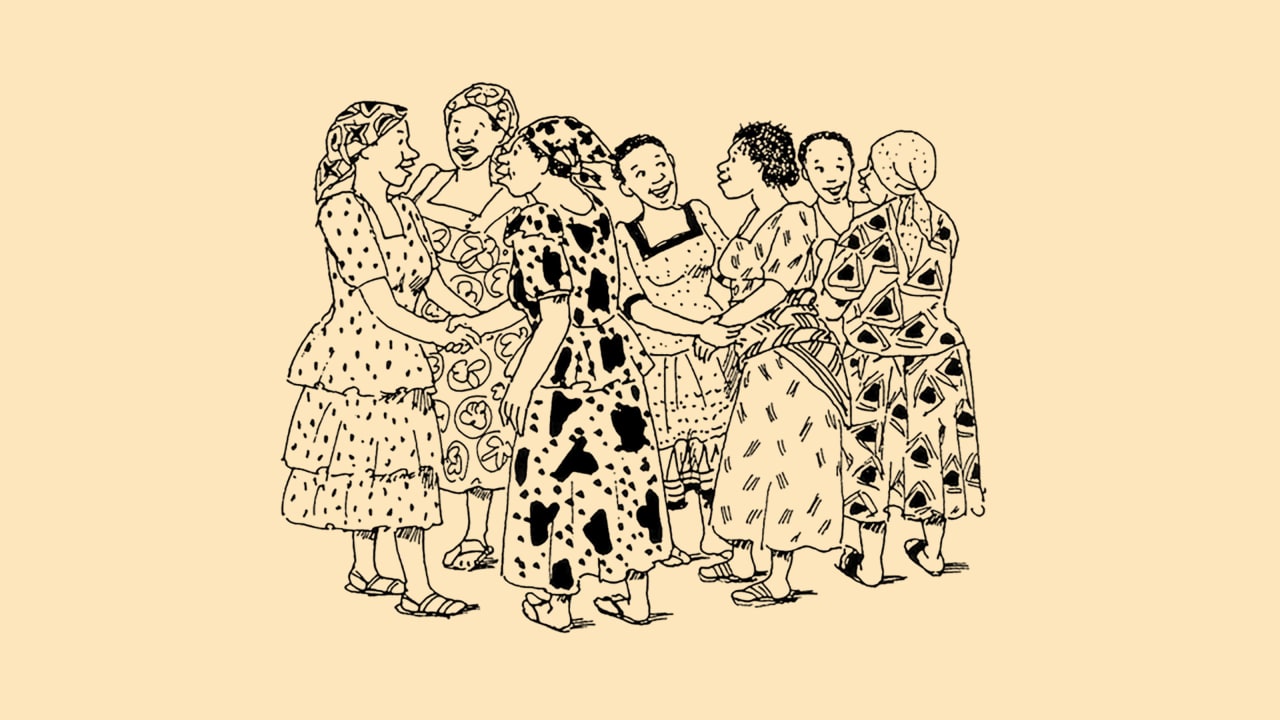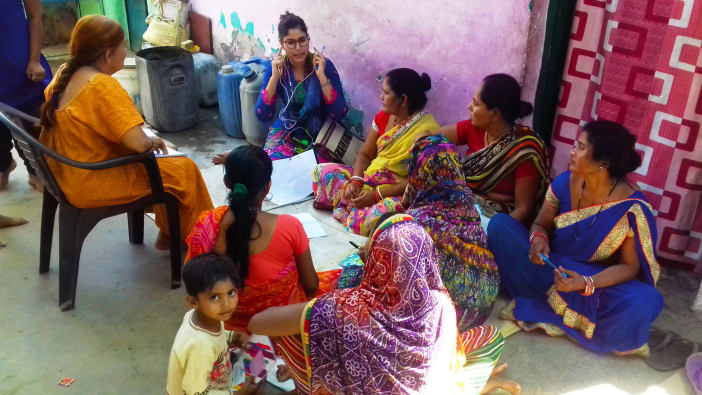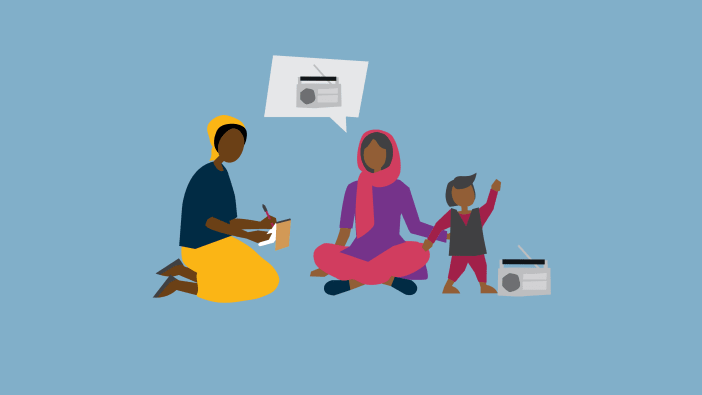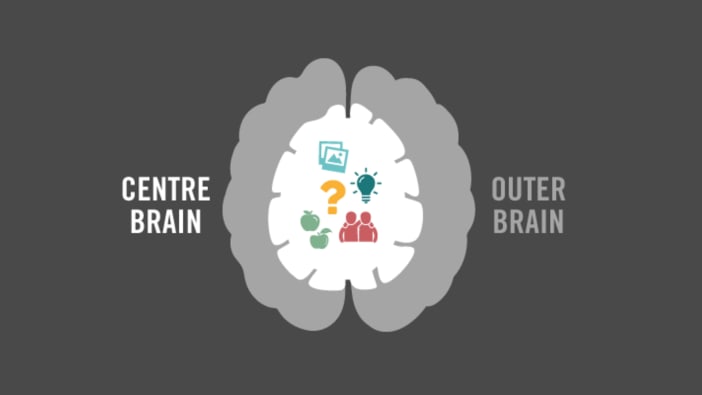We often think of communication as being all about the words we say and hear, and the way that these words are spoken. But communication is much more than this.
Everything we do, from our facial expressions to the way we position our bodies, communicates something about ourselves, our views and our emotions. This is often called ‘body language’.
It is estimated that in a face-to-face setting, more than half of our communication is non-verbal. In other words, it is our bodies and expressions that do a large part of the talking.












